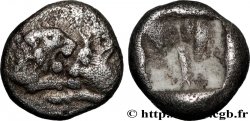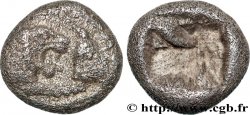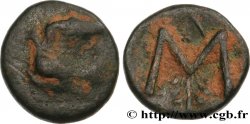Live auction - bgr_826547 - LYDIA - LYDIAN KINGDOM - CROESUS Hemistatère
You must signin and be an approved bidder to bid, LOGIN TO BID. Accounts are subject to approval and the approval process takes place within 48 hours. Do not wait until the day a sale closes to register. Clicking on "BID" constitutes acceptance of the terms of use of cgb.fr private live auctions.
Bids must be placed in whole Euro amounts only. The sale will start closing at the time stated on the item description; any bids received at the site after the closing time will not be executed. Transmission times may vary and bids could be rejected if you wait until the last second. For further information check the Live auction FAQ
All winning bids are subject to a 18% buyer’s fee.
All winning bids are subject to a 18% buyer’s fee.
| Estimate : | 980 € |
| Price : | 500 € |
| Maximum bid : | 500 € |
| End of the sale : | 06 June 2023 14:16:45 |
| bidders : | 1 bidder |
Type : Hemistatère
Date: c. 550 AC.
Mint name / Town : Sardes, Lydie
Metal : silver
Diameter : 14 mm
Orientation dies : - h.
Weight : 5,10 g.
Rarity : R2
Coments on the condition:
Monnaie centrée. Jolis protomés. Fine usure régulière. Patine grise
Catalogue references :
Obverse
Obverse legend : ANÉPIGRAPHE.
Obverse description : Protomés de taureau et de lion affrontés.
Reverse
Reverse description : Double carré creux informe.
Commentary
Cet hemistatère correspond aussi à un sicle. La datation est parfois remise en question et abaissée. Ce type a pu être frappé par les Perses avant l’adoption du sicle avec l’archer perse comme nouvelle monnaie d’Empire.







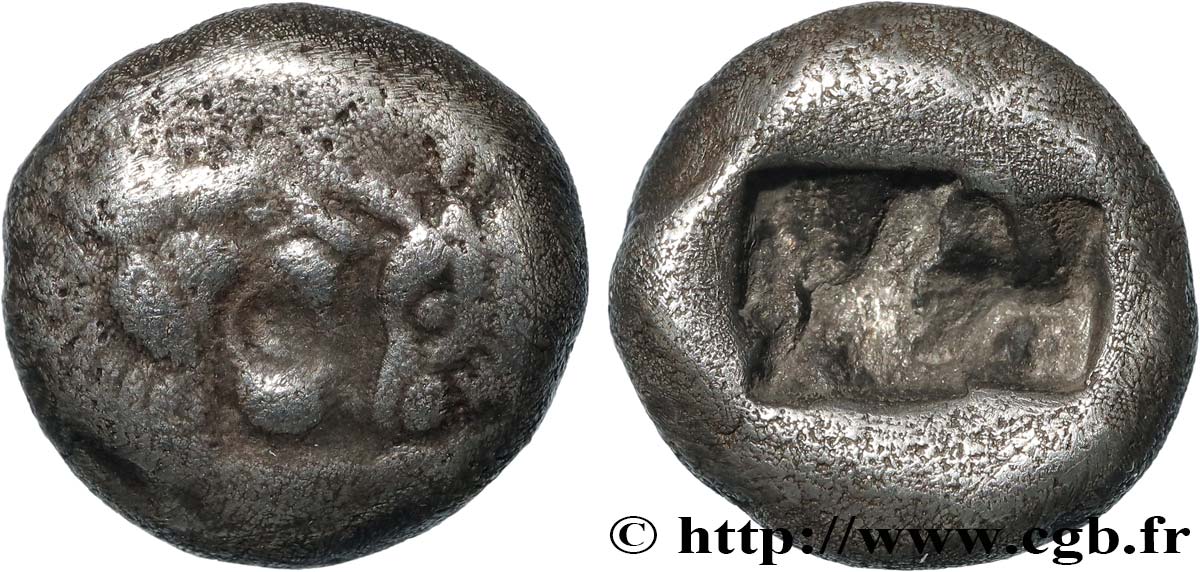
 Report a mistake
Report a mistake Print the page
Print the page Share my selection
Share my selection Ask a question
Ask a question Consign / sell
Consign / sell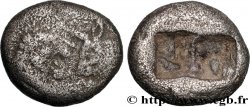
 Full data
Full data
